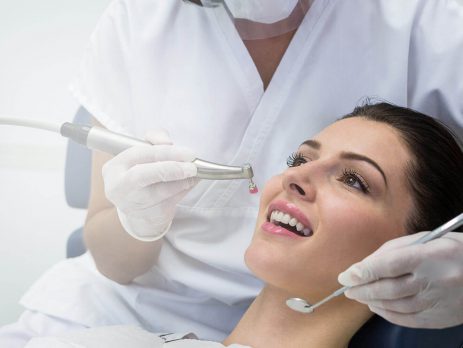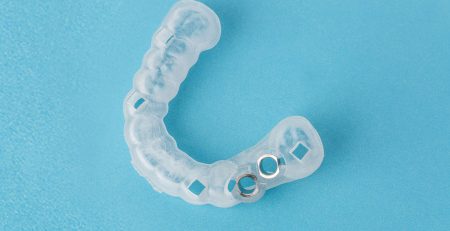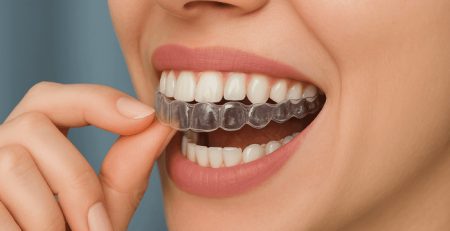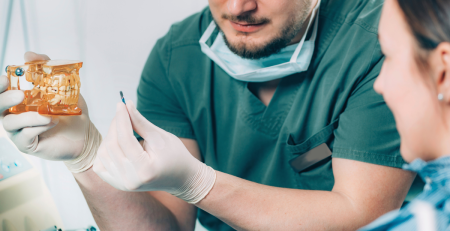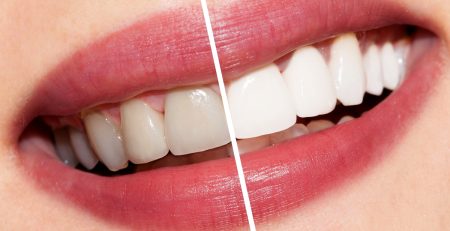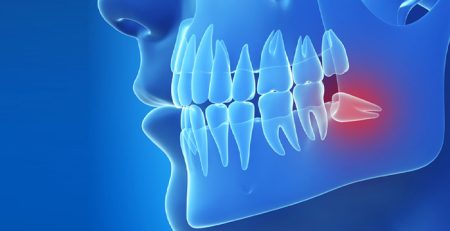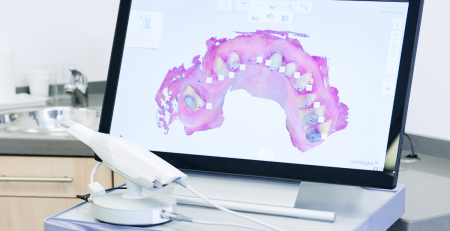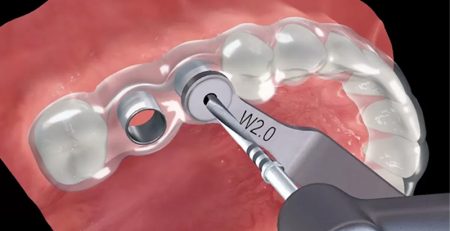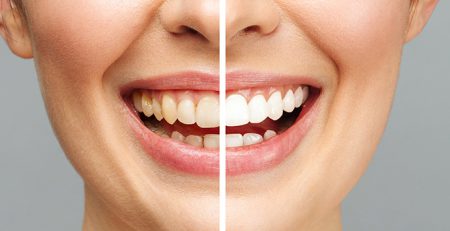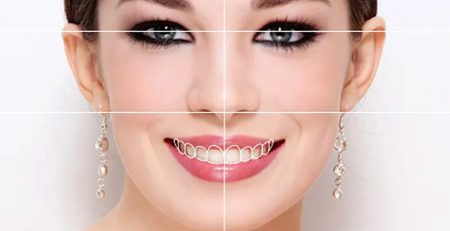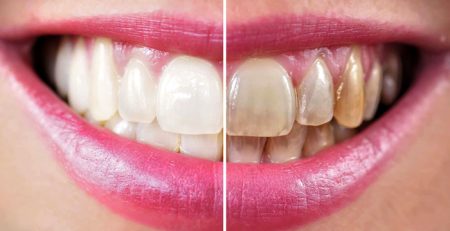Journey Through The History of Dentistry_ From Ancient Practices To Modern Innovations
Dentistry dates back to ancient times. In the history of humanity, many societies have been interested in oral and dental health to the extent of the technological possibilities of the period, and the field has found a place in societies for a long time with some variations depending on geographical location and time. In recent years, with globalization and developing means of communication and transportation, dentistry has become less dependent on geography. Today, millions of people are not limited to the region they live in. It is increasingly easy for many people to access oral and dental health services outside their country or city. Also, dental technologies have advanced incredibly, and the success of dental care has increased significantly. But, how has dentistry undergone this huge transformation, and what stages did it go through to become what it is today? In this article, we will look at the changes in the field of dentistry starting from ancient times and get to know modern dentistry more closely.
Dentistry In Ancient Times
Oral and dental problems have been an important health problem for people since ancient times. Specifically, toothache was one of the most common problems. Additionally, dental caries, gum diseases, and pain caused by caries in the tooth structure could easily result in tooth loss.
Different civilizations used different treatment methods to prevent tooth decay, toothache, and tooth loss. The historical information about how ancient civilizations dealt with dental care can be found in some early records.
- Ancient Egypt: Hieroglyphic writings can reveal details of dental care in ancient Egypt. Accordingly, the Egyptians used a mixture of honey, ginger, and wine against tooth decay problems. It is also known that they made gold and bronze prostheses and used them to replace their missing teeth.
- Ancient Greece: When it comes to Ancient Greece, Hippocrates, the father of medicine, comes to mind first. As expected, Hippocrates has studies on oral and dental health. Accordingly, people in Ancient Greece used various herbal mixtures to clean their teeth. It is also known that they used hot compresses for conditions such as pain and abscesses, and sometimes used some herbs in addition to these compresses.
- Roman Empire: The historical records left behind by the Romans show that they used a mixture of wine and vinegar against tooth decay. The Romans, who were interested in cleaning their teeth, used some powders and pieces of wool for this purpose.
Dentistry From The Middle Ages To The Present
Although there were no specialized doctors for dental treatment in the Middle Ages, general doctors and barbers took on dental care services. In this period, when it was believed that the cause of dental problems was worms or other creatures in the tooth, the most common treatment methods were tooth extraction or cauterization. It is also known that some narcotic plants were used to alleviate pain during this period.
By the end of the Middle Ages, the field of dentistry became more distinctive, and the first systematic and comprehensive book on dentistry was written by Pierre Fauchard. One of the biggest leaps in dentistry was seen in the late 19th and early 20th centuries. Great progress was made especially in anesthesia and antiseptic methods. These progresses were followed by X-rays, and dentists were able to make more accurate diagnoses of dental diseases.
Dentistry Today
When we come to the present day, it can be seen that the developments that make a difference are closely related to advances in technology. For instance, instead of tooth extraction, which was the most common solution in the past, different solutions such as tooth filling and root canal treatment have been developed. In addition, in cases where tooth extraction is inevitable, implants or different prosthetic treatments are widely used to compensate for the functional and aesthetic deficiency in the damaged area.
Another factor that has added a different dimension to today’s dentistry has been digital technologies. Especially scanning and imaging systems have made many treatments easier and more effective. Prostheses produced with 3D printers, detailed imaging with microscopes, and laser technologies have become important treatment elements of today’s dentistry.
Another difference between modern dentistry and previous periods is that dentistry is divided into many sub-branches. Nowadays, some dentists can provide more detailed service to a more specific patient group by specializing in sub-branches. Thus, treatments are more personalized and practical. Some of the specialty branches of dentistry are as follows:
- Endodontics: Deals with dental pulp and dentin treatment, most notably root canal treatment.
- Orthodontics: Deals with problems in the teeth and jawbone.
- Pedodontics: Deals with children’s teeth.
- Periodontology: Deals with problems in the gums and other tissues that support the teeth.
- Prosthodontics: Deals with alternative prostheses that can be used to replace missing teeth.
The areas of specialization within dentistry are not limited to these. However, as can be seen, treatments in modern dentistry are separated by specialties, so that each specialist can gain significant experience in his/her own special field in a short time. This systemic change in approach in addition to technological advances greatly differentiates modern dentistry from the dentistry of the past.
Dentistry In The Future
Considering the changing sociological conditions and advancing technology, it can be predicted that dentistry will continue to transform in the future. Especially genetic engineering, regenerative medicine, and artificial intelligence technologies are expected to cause major developments in dentistry in the near future.
On the genetic engineering side, it will be possible to make highly personalized treatment plans according to the gene map of patients. Thanks to the innovations brought by regenerative medicine, damaged teeth and tissues can be regenerated with stem cell technology. Artificial intelligence, with its unlimited algorithm processing capacity, may allow dentists and patients to diagnose dental diseases earlier and more accurately.
Access Modern Innovations With Melsadent
Dentistry is a well-established field that is constantly evolving. When we look back to ancient times, today’s modern treatments can undoubtedly offer more comfortable, more aesthetic, and effective solutions. However, the innovations of modern dentistry are not evenly distributed across the globe. In some parts of the world, some clinics may have more technological facilities, while for others, technological advances may be slow. In addition, to get the maximum benefit from advanced technology, it is not enough to have advanced technology alone, you need competent specialists who can use the technology effectively regarding your dental problems. At this point, it is necessary to make a wise decision to receive the best dental treatment.
Melsadent Oral and Dental Health Polyclinic in Tuzla, Istanbul generously offers all the achievements of modern dentistry to its patients. The well-equipped and experienced physicians in our clinic use a great variety of technologies from digital imaging systems to advanced laser operations, from artificial intelligence technology to 3D printers for treatment purposes. If you want to have a healthy and aesthetic smile and are looking for affordable prices, contact us today, and meet our expert team to see what modern technology offers you.

